The Light Revolution – Types of Photography Lighting
Photography lighting – Harnessing the Beauty of Natural and Artificial Light in Photography
It’s easy to learn how to become a photographer. But, if you want to become a great photographer, one of the most important aspects to master is the art of photography lighting. Light plays a crucial role in photography, defining the mood, enhancing the subject, and adding depth to the composition.
When it comes to lighting, photographers have two primary options: natural light and artificial light. In this article, I will delve into the world of light and explore the differences between natural light and artificial light in photography. I’ll discuss photography lighting techniques, photography lighting examples and reasons for choosing one over the other, based on various scenarios and requirements.
I am a participant in the Amazon Services LLC Associates Program, an affiliate advertising program designed to provide a means for me to earn fees by linking to Amazon.com and related sites. This post may contain affiliate links, which means I may receive a commission, at no cost to you, for purchases made using my links. Please see my disclosure to learn more.
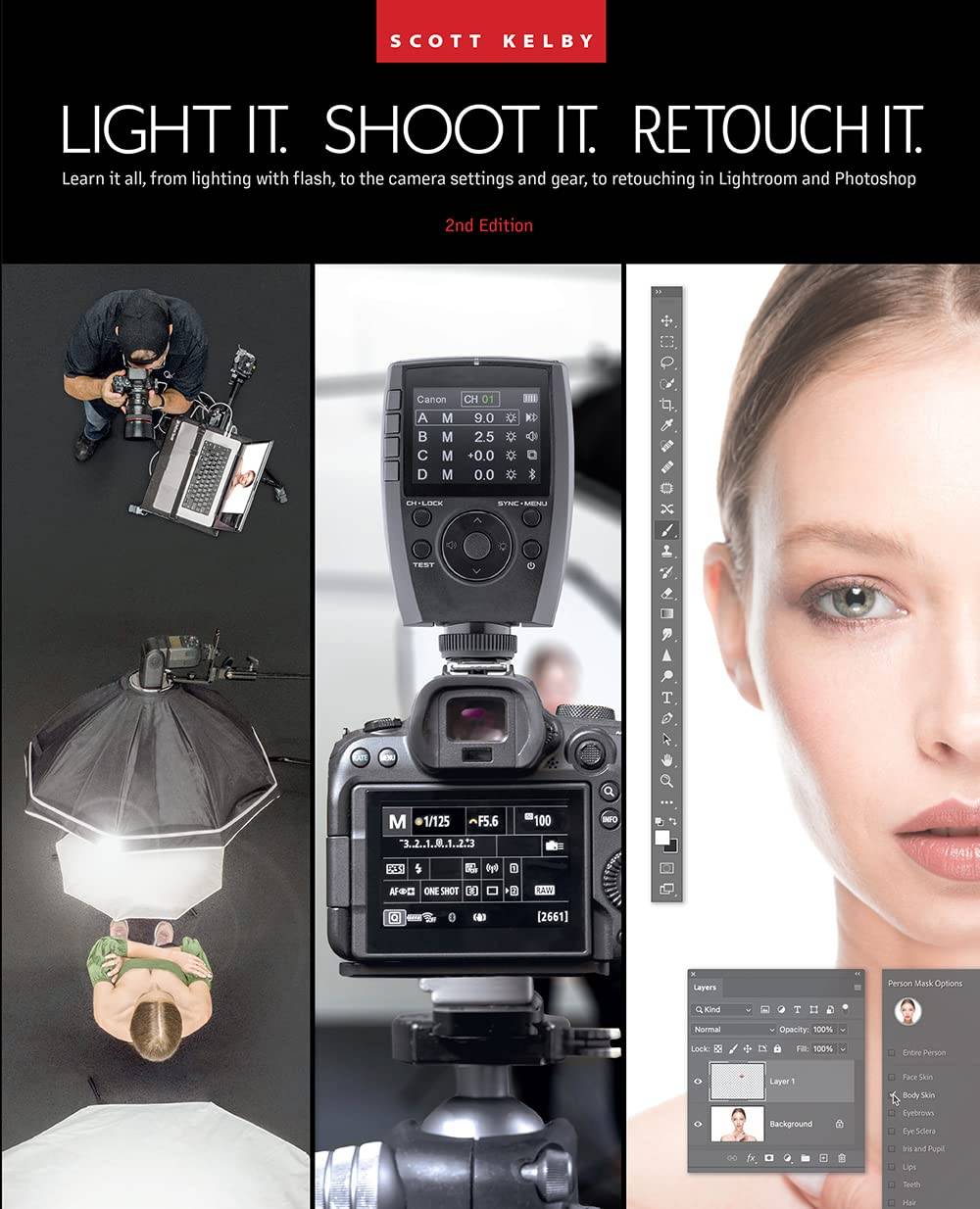
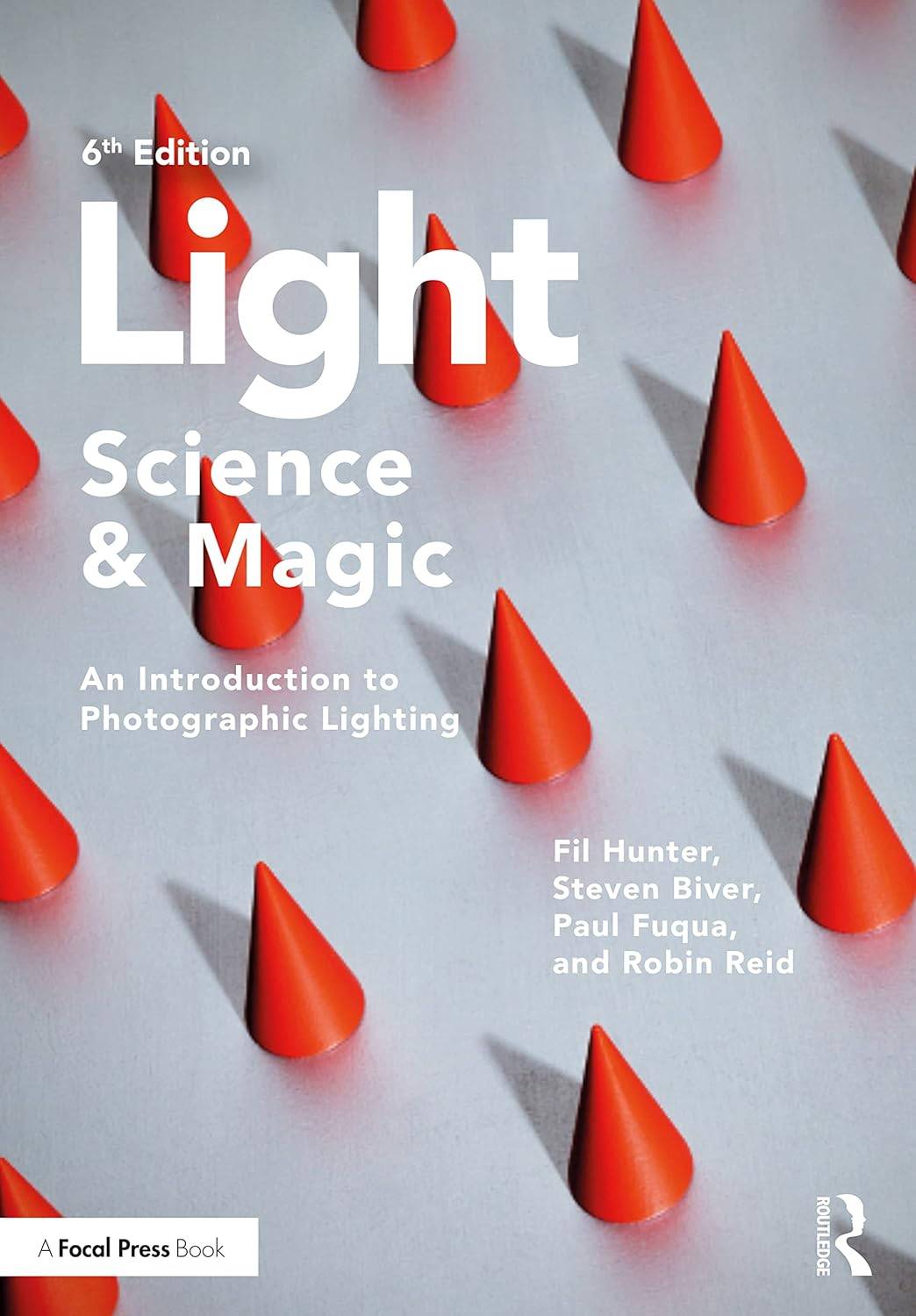
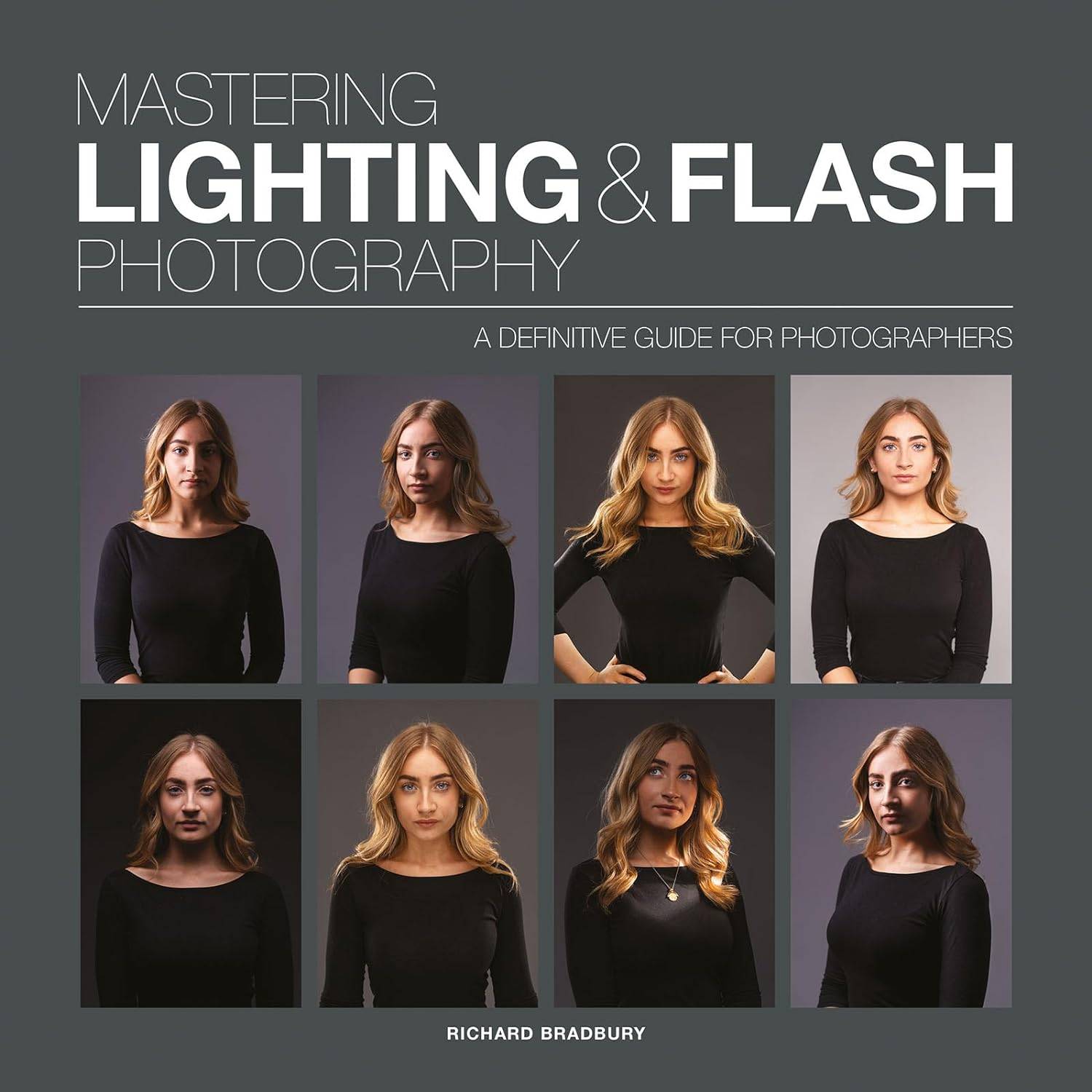
Understanding Light in Photography
Before we dive into the comparison, let’s first understand the significance of light in photography. Light is the essence that allows us to capture images. It shapes the scene, highlights the subject, and creates shadows, adding dimension to the photograph.
A. The Role of Light in Photography
Light is not just a source of illumination; it has a profound impact on the overall look and feel of an image. It determines the color, contrast, and texture of the subject. Different lighting conditions can evoke distinct emotions and narratives within a photograph.
B. Quality of Light
The quality of light refers to its characteristics, such as softness or harshness. Soft light creates smooth transitions between highlights and shadows, ideal for capturing portraits or still life. Harsh light, on the other hand, produces strong contrasts and sharp shadows, suitable for dramatic and high-contrast compositions.
C. Direction of Light
The direction of light determines how the subject is illuminated. Front lighting provides even illumination, while side lighting accentuates textures and adds depth. Backlighting creates silhouettes and adds a sense of drama to the image.
Natural Light in Photography
Natural light is the light that comes from the sun, moon, or any other natural source. It is widely available and can be harnessed in various ways to create stunning photographs.
A. Benefits of Natural Light
- Authenticity: Natural light offers a sense of authenticity to the photograph, as it is the light we experience in our everyday lives.
- Softness and Warmth: Natural light, especially during the golden hours, provides a soft, warm glow that adds a pleasing aesthetic to the image.
- Versatility: Natural light can be found in various forms, such as direct sunlight, diffused light through clouds, or the gentle glow of twilight, offering a wide range of creative possibilities.
B. Types of Natural Light
- Golden Hour: The golden hour, which occurs during the first hour after sunrise and the last hour before sunset, bathes the scene in warm, golden tones, creating a magical atmosphere.
- Overcast Light: Cloudy or overcast skies diffuse the sunlight, providing a soft and even light that is ideal for portraits or landscape photography.
- Twilight: The period between sunset and complete darkness offers a unique opportunity to capture dreamy and ethereal images with a delicate balance of light and darkness.
Artificial Light in Photography
Artificial light refers to any light source that is created by humans, such as flashlights, studio lights, or continuous lighting setups. It allows photographers to have full control over the lighting conditions and opens up a world of creative possibilities.
Recommended
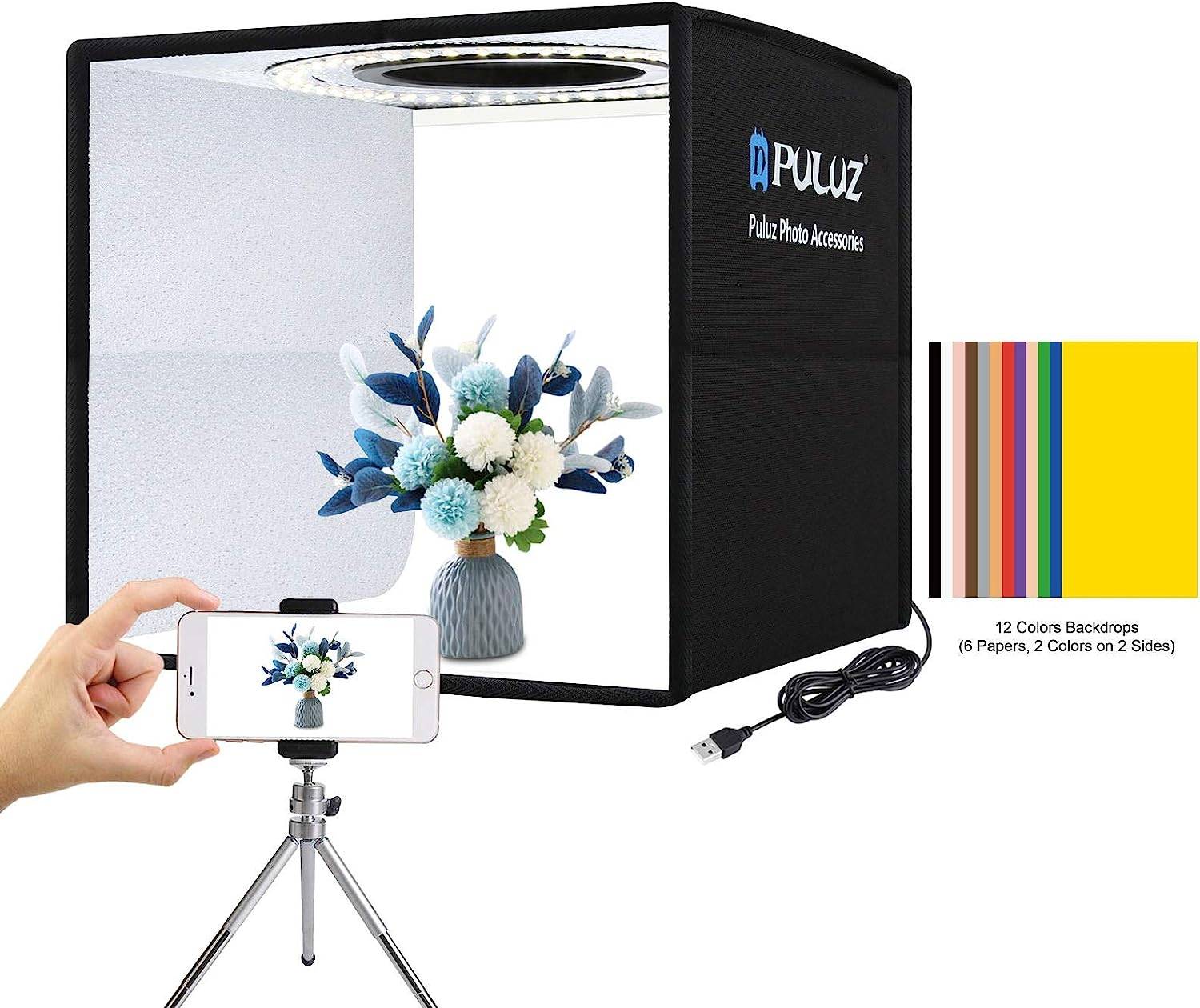
PULUZ Mini Photo Studio Light Box
Recommended
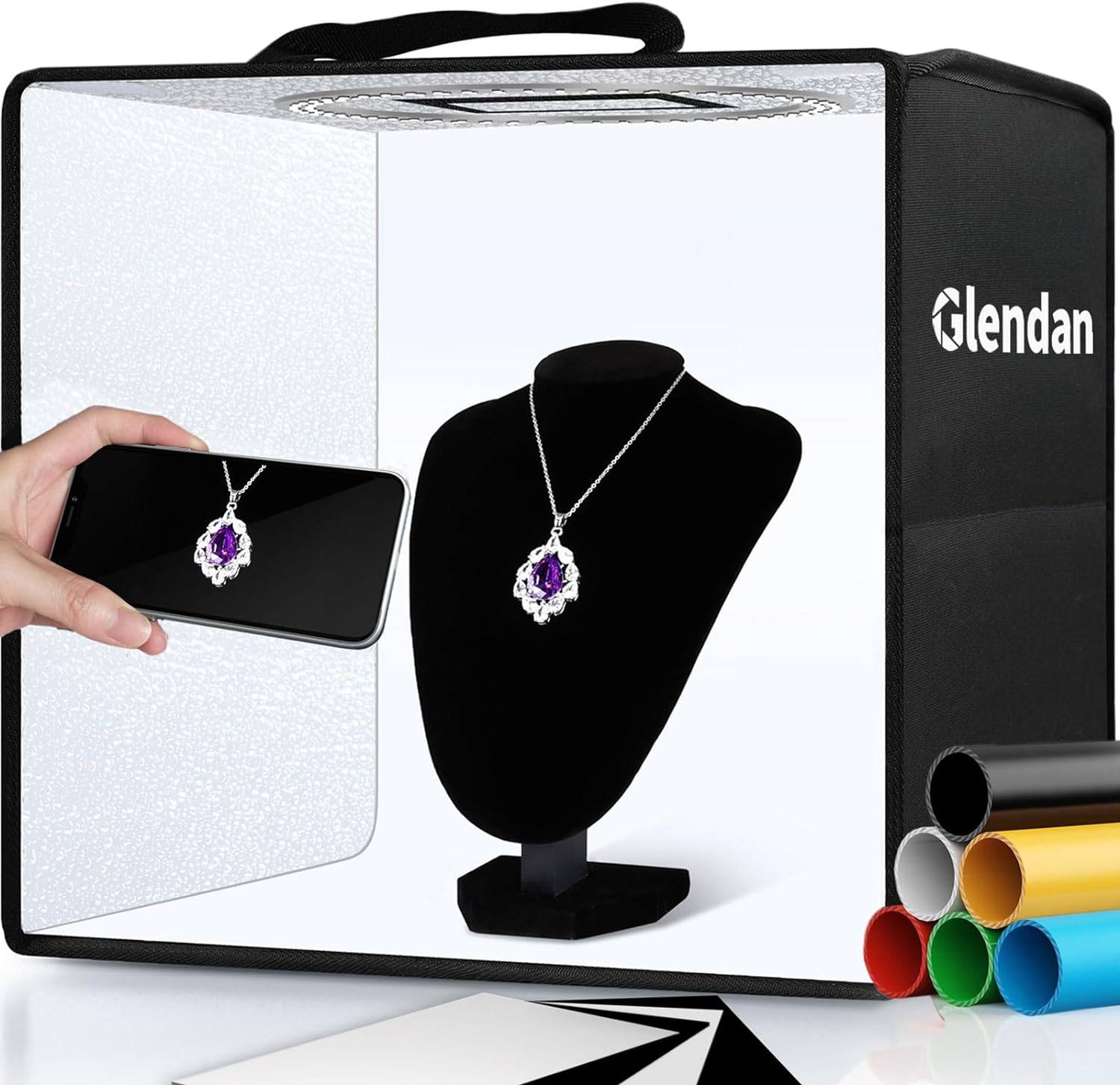
Glendan Portable Photo Light Box
Recommended
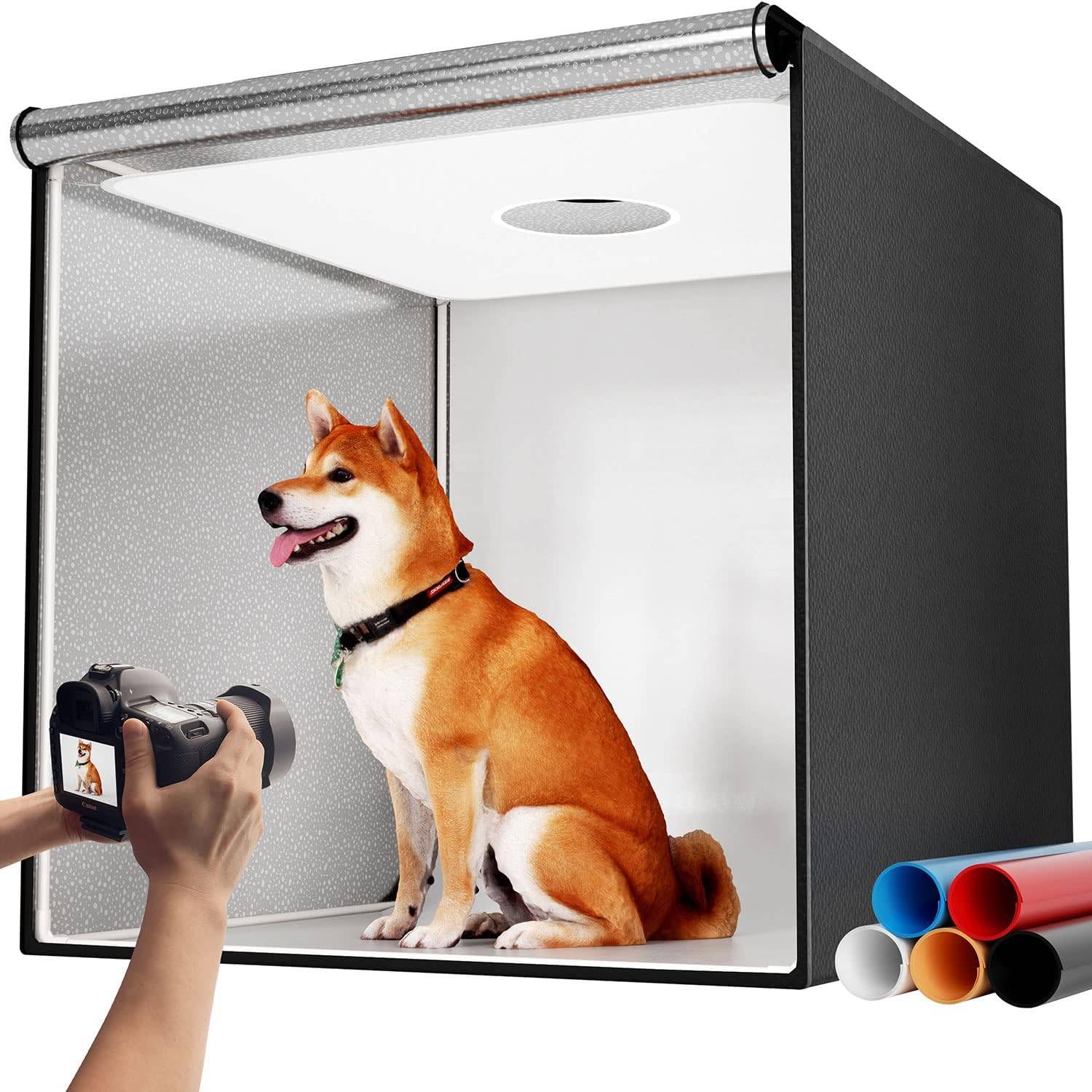
Photo Studio Light Box for Photography
A. Benefits of Artificial Light
- Control: Artificial light gives photographers complete control over the intensity, direction, and color temperature of the light, allowing for precise adjustments to match the desired vision.
- Consistency: Unlike natural light, artificial light is constant and predictable, making it easier to reproduce lighting setups and achieve consistent results.
- Supplementing Natural Light: Artificial light can be used to supplement natural light, filling in shadows or adding a desired mood to the scene.
B. Types of Artificial Light
- On-Camera Flash: A small flash unit mounted on the camera that provides additional light when needed. It is portable and convenient for situations where mobility is required.
- Off-Camera Flash: This involves detaching the flash unit from the camera and placing it in different positions to create more dynamic and controlled lighting setups.
- Continuous Lighting: Continuous lighting refers to artificial light sources that stay constantly lit, such as studio lights or LED panels. They provide real-time visualization of the lighting effect and are particularly useful for video recording or product photography.
Choosing the Right Light for Your Photography
When deciding whether to use natural light or artificial light, several factors should be considered to ensure the best outcome for your photographs.
A. Consider the Subject and Mood
Different lighting styles evoke different emotions and suit different subjects. For example, soft natural light is often preferred for portraits, while dramatic artificial lighting may be more suitable for creative or conceptual photography. Consider the mood you want to convey and select the lighting accordingly.
B. Assess the Lighting Conditions
Evaluate the available lighting conditions in your shooting environment. If natural light is sufficient and complements your subject, utilizing it can save time and effort. On the other hand, if you’re shooting at night and the existing light is inadequate or doesn’t create the desired effect, artificial light can be used to achieve the desired outcome.

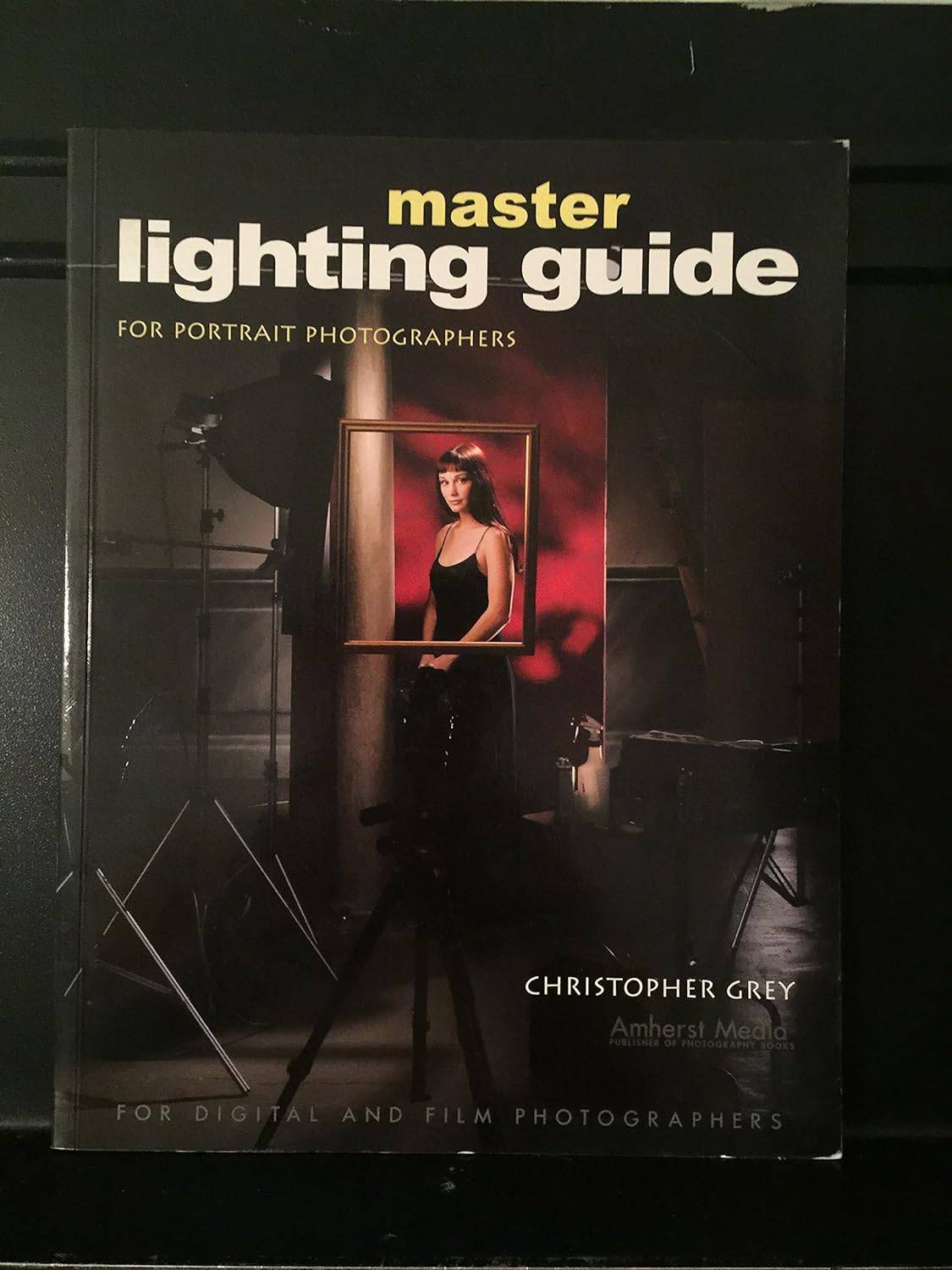
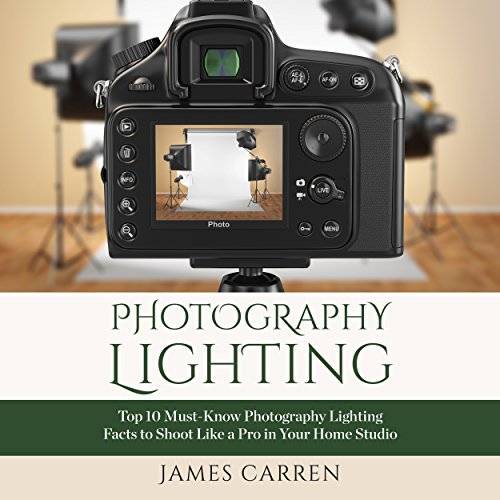
Techniques for Using Natural Light in Photography
A. Golden Hour Photography
The golden hour, with its warm, soft light, provides a beautiful opportunity for captivating photographs. During this time, the low angle of the sun creates long shadows and adds a warm glow to the scene. Experiment with different compositions and take advantage of the golden hour’s magical ambiance.
B. Diffused Light Photography
Diffused light occurs when natural light is filtered or scattered, creating a soft and even illumination. Cloudy or overcast days are perfect for diffused light photography, as the clouds act as a natural diffuser. This type of light is ideal for capturing delicate details, textures, or soft portraits.
C. Backlighting and Silhouettes
Backlighting occurs when the light source is positioned behind the subject, creating a captivating glow and emphasizing the contours of the subject. Experiment with backlighting to capture stunning silhouettes, highlighting the shape and outline of the subject.
Techniques for Using Artificial Light in Photography
A. On-Camera Flash
On-camera flash is a versatile tool that can be used in various situations. To avoid harsh shadows and achieve more natural-looking results, consider using a flash diffuser or bouncing the flash off a nearby surface. This technique softens the light and creates a more pleasing illumination.
B. Off-Camera Flash
Taking the flash off-camera allows for greater control over the lighting direction and results in more dynamic and creative photographs. Use wireless triggers or sync cords to trigger the flash remotely, experiment with different angles and positions, and create unique lighting effects.
C. Continuous Lighting
Continuous lighting sources, such as studio lights or LED panels, provide a constant source of light that allows you to preview the lighting effect in real-time. This is particularly useful for portrait sessions, product photography, or video recordings, as it ensures consistent lighting throughout the shoot.
Combining Natural and Artificial Light
In many situations, combining natural and artificial light can yield exceptional results and create a balanced and visually striking composition.
A. Balancing Light Sources
By harmoniously blending natural and artificial light, you can balance the strengths of each to achieve the desired effect. For example, you can use natural light as the main light source and supplement it with artificial light to fill in shadows or add highlights.
B. Creative Lighting Effects
Experiment with creative lighting techniques by incorporating both natural and artificial light sources. Play with shadows, create interesting light patterns, or experiment with color gels to add a touch of uniqueness and visual interest to your photographs.
Final Thoughts on Photography Lighting
Understanding the differences between natural light and artificial light in photography is crucial for capturing captivating images. Both types of light offer distinct advantages and creative opportunities. By considering the subject, mood, and lighting conditions, you can choose the appropriate light source and techniques to enhance your photography skills and create stunning visuals.
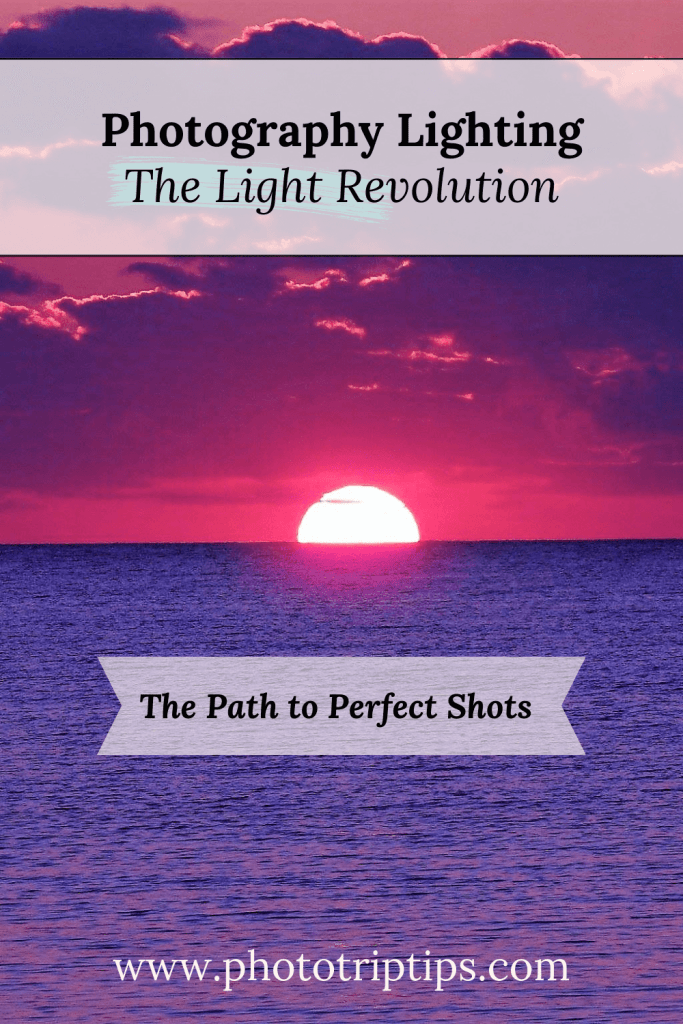
Photography Lighting – FAQs
- Can I use natural light indoors?
- Yes, you can utilize natural light indoors by positioning your subject near windows or using reflectors to bounce light onto the subject.
- Do I need expensive equipment for artificial lighting?
- No, there are budget-friendly options available for artificial lighting, such as affordable off-camera flash units or DIY lighting setups using household items.
- What is the best time of day for outdoor natural light photography?
- The golden hour, occurring shortly after sunrise or before sunset, provides the most flattering and warm natural light for outdoor photography.
- Can I achieve professional-looking portraits using only natural light?
- Absolutely! Natural light can produce stunning portraits with a soft and authentic feel. It’s all about understanding how to harness and manipulate natural light effectively.
- How can I learn more about lighting techniques in photography?
- There are numerous online resources, tutorials, and workshops available that specifically focus on lighting techniques in photography. Consider exploring these to expand your knowledge and skills.
Remember, mastering photography lighting is a continuous learning process. Experiment, practice, and explore different lighting scenarios to develop your unique style and create visually captivating photographs.

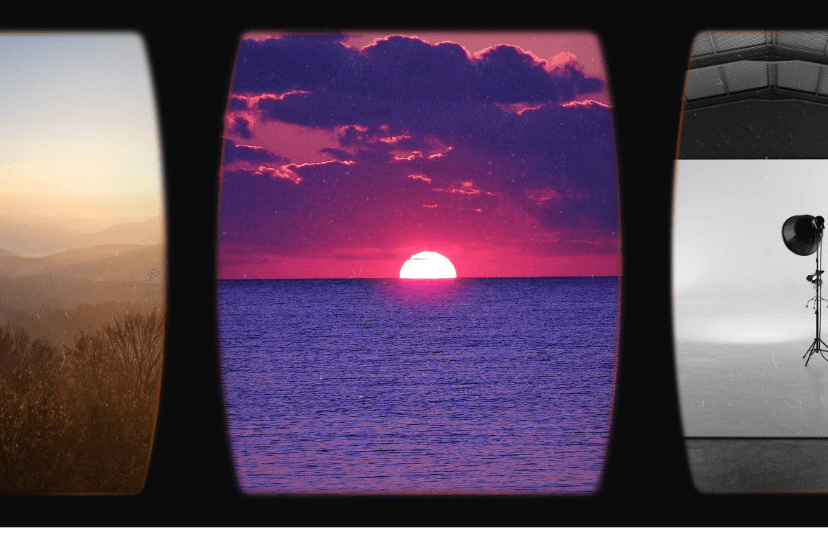


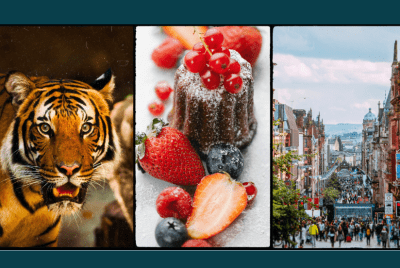
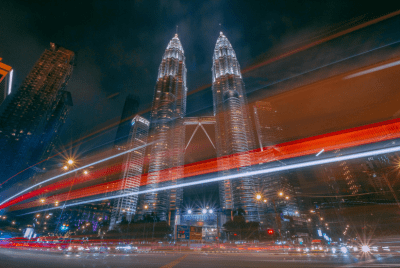

Comments are closed.